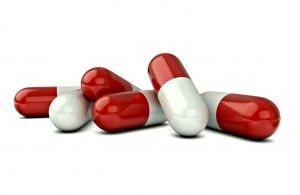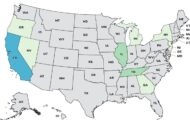The President’s Council of Advisors on Science and Technology (PCAST) has released a report today about combating antibiotic resistance. The White House also released a National Strategy on Combating Antibiotic Resistant Bacteria and a Presidential Executive Order which emphasizes the importance of tackling this challenge.
 Antibiotic resistant bacteria are evolving at an alarming rate and are growing faster than the development of new antibiotics. The cost of antibiotic infections in the United States every year is more than $20 billion. The cost of lost productivity due to antibiotic-resistant infections is $35 billion every year. The World Health Organization has issued a warning too, about the dangers of not being able to treat resistant infections.
Antibiotic resistant bacteria are evolving at an alarming rate and are growing faster than the development of new antibiotics. The cost of antibiotic infections in the United States every year is more than $20 billion. The cost of lost productivity due to antibiotic-resistant infections is $35 billion every year. The World Health Organization has issued a warning too, about the dangers of not being able to treat resistant infections.
PCAST recommends that there be measures put in place to strengthen antibiotic stewardship, boost surveillance of the growth and evolution of antibiotic-resistant bacteria, and facilitating the development of new drugs, diagnostic measures, and vaccines to combat this crisis. Earlier identification of outbreaks and improved surveillance will help scientists and do doctors determine where these resistant infections originate and identify practices that contribute to the emergence and spread.
The President’s Executive Order directs the Federal Government to work to reduce the emergence and spread of antibiotic-reisstant bacteria. The National Strategy will work with domestic and international partners to prevent, detect, and control illness and death related to antibiotic-resistant bacteria.
The PCAST report recommends that alternatives to antibiotics in agriculture be developed. They want to see fundamental research on new antibiotic development increased. Clinical trials with new antibiotics need to be conducted as soon as possible, with a robust national infrastructure to support those trials. The report also recommends limiting the use of antibiotics in animal agriculture, and directs the FDA to proceed “vigorously” with new guidances. Finally, international coordination is necessary with the World Health Organization Global Action Plan.
Finally, to address increased economic incentives for developing new drugs, the National Institutes of Health is sponsoring a $20 million prize to facilitate the development of a rapid diagnostic test to be used by doctors to identify these infections at the point of patient care. The report estimates that investments by the government will most likely exceed $800 million per year for each new FDA approved antibiotic developed.




